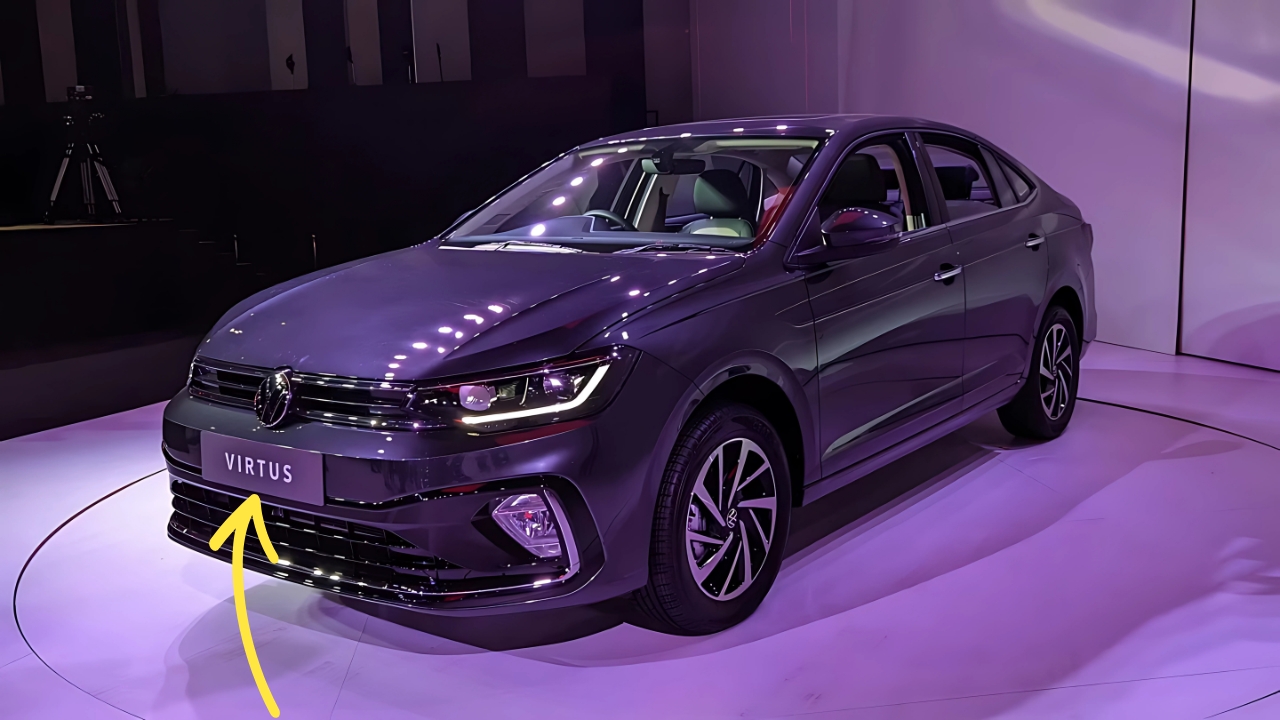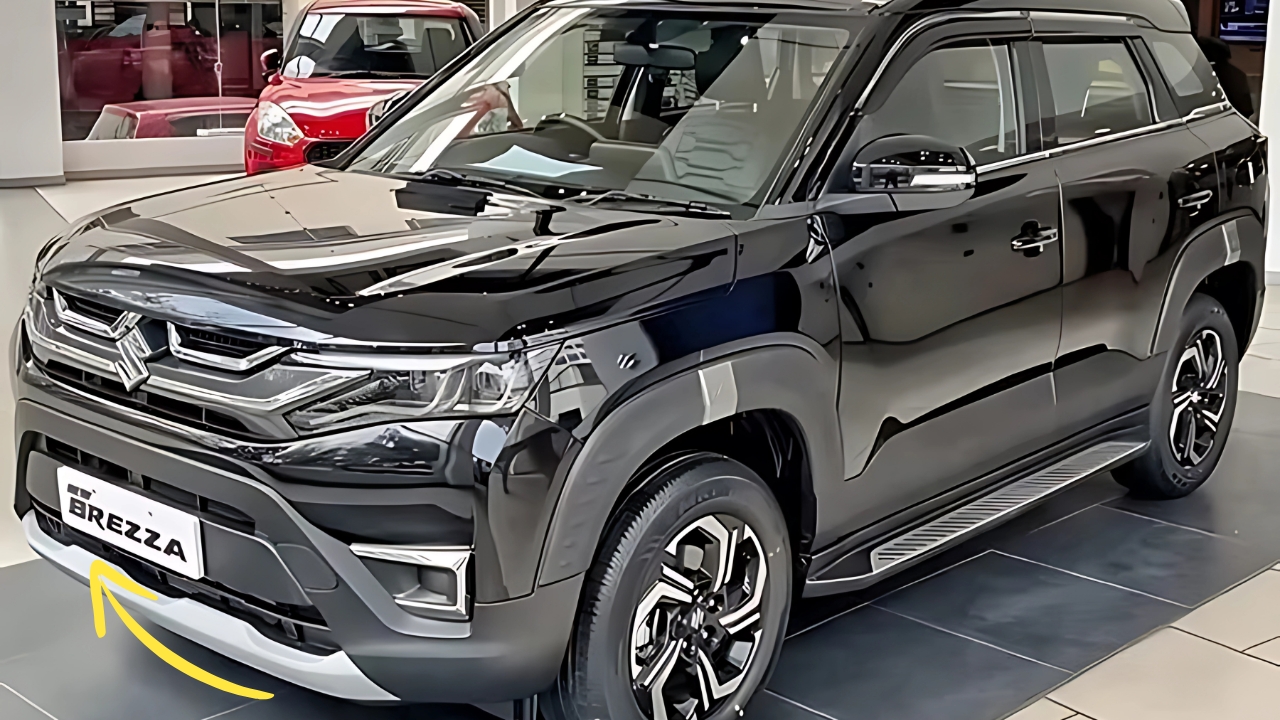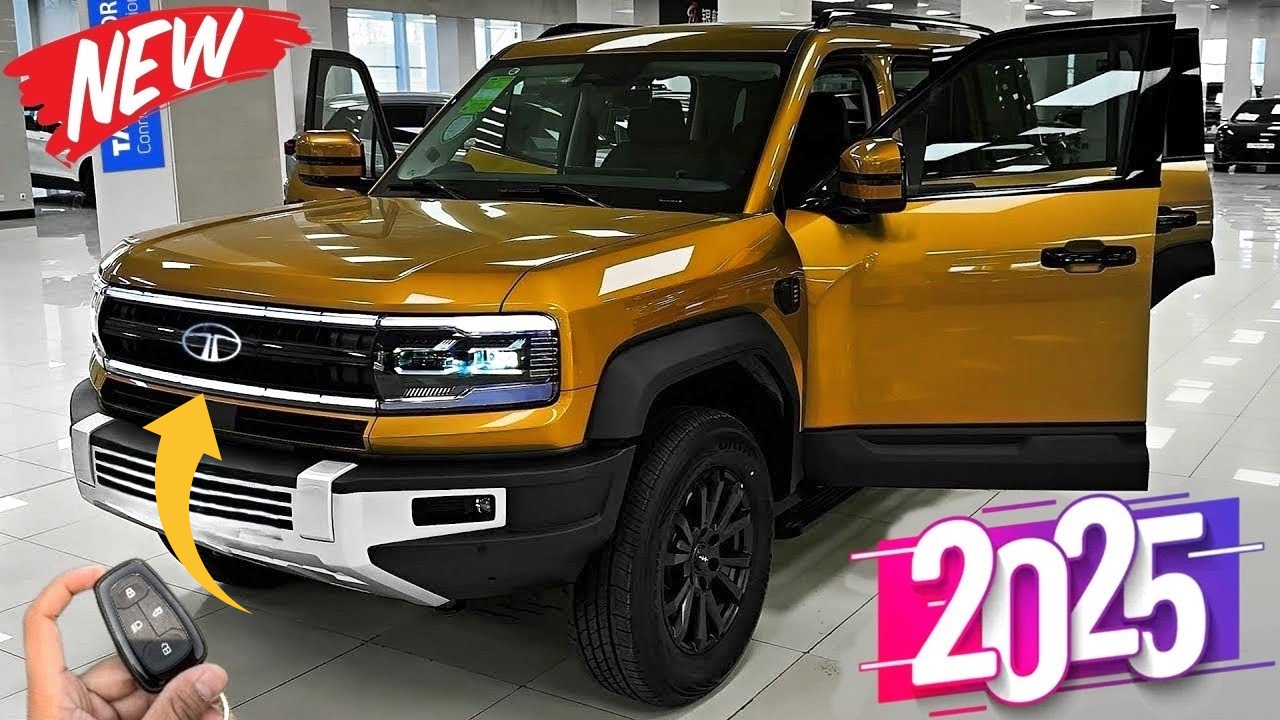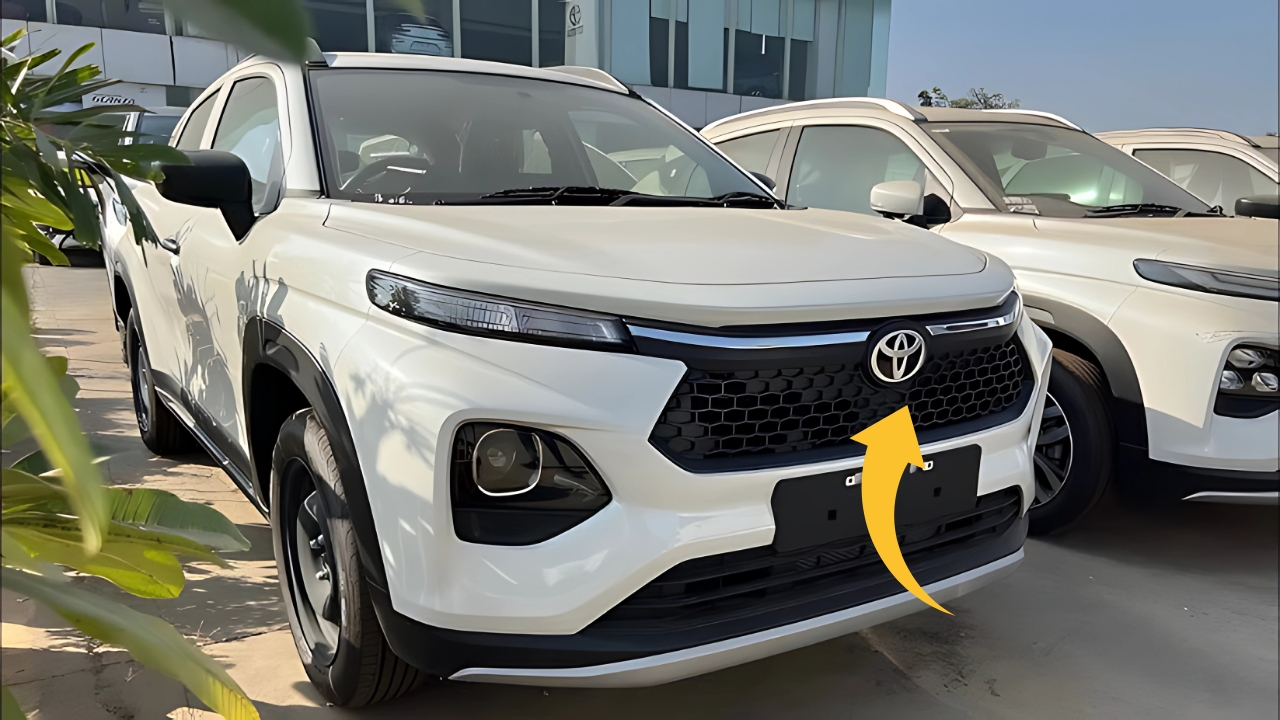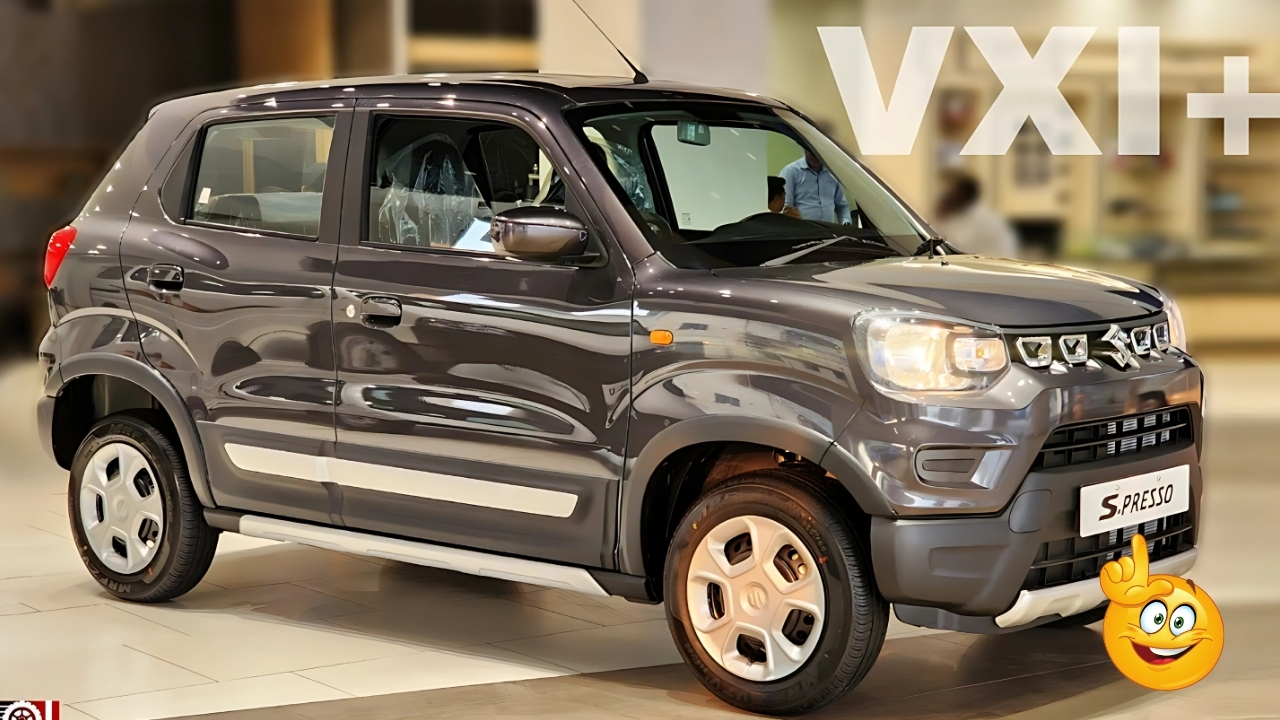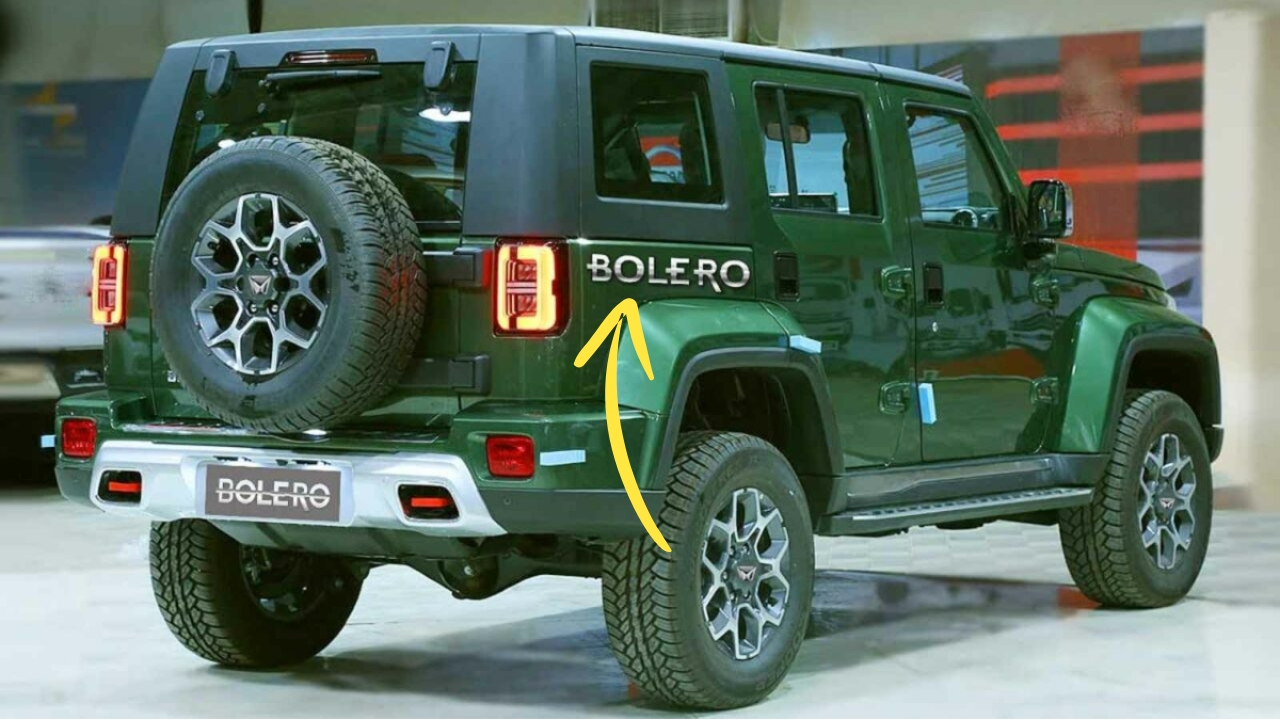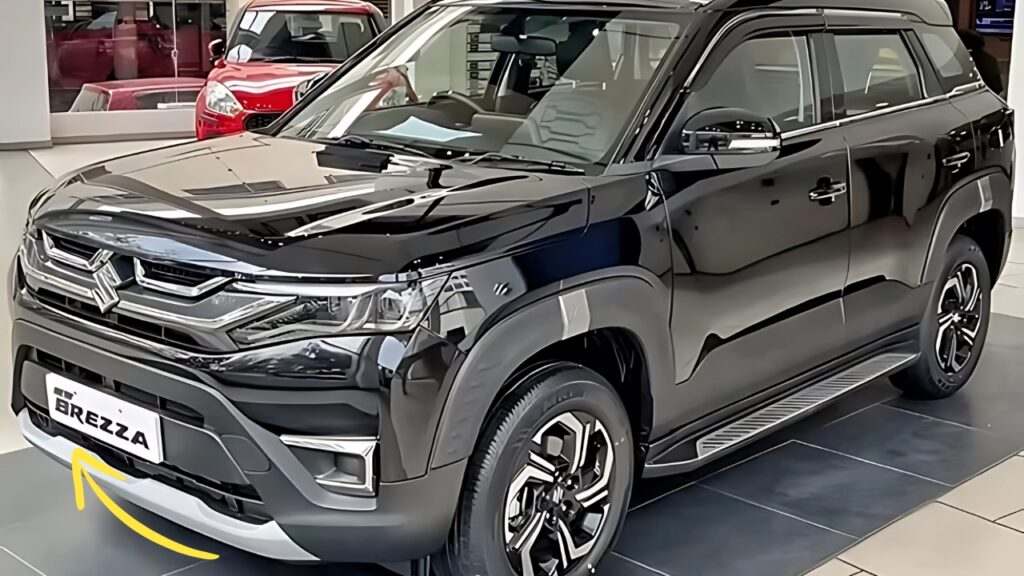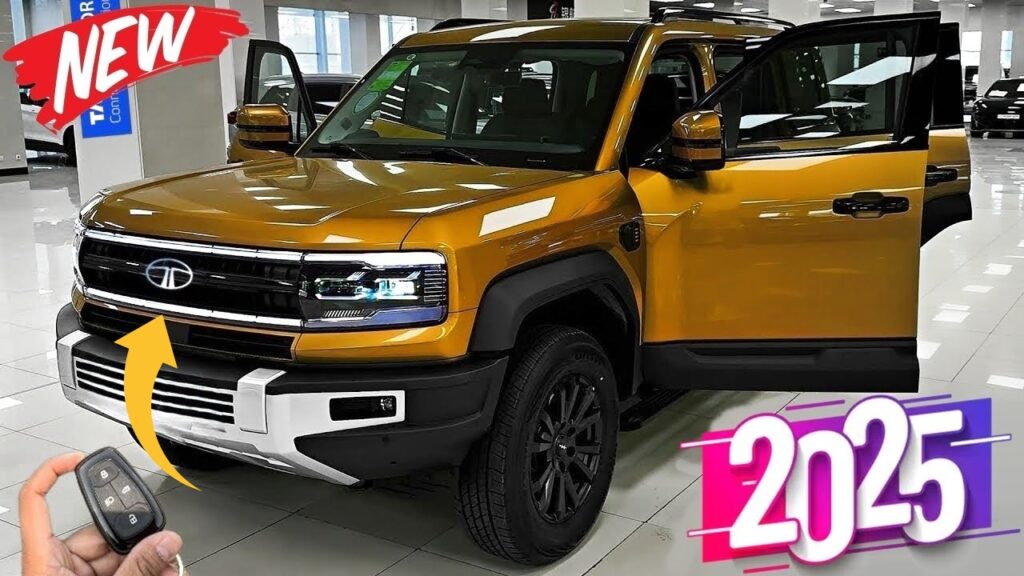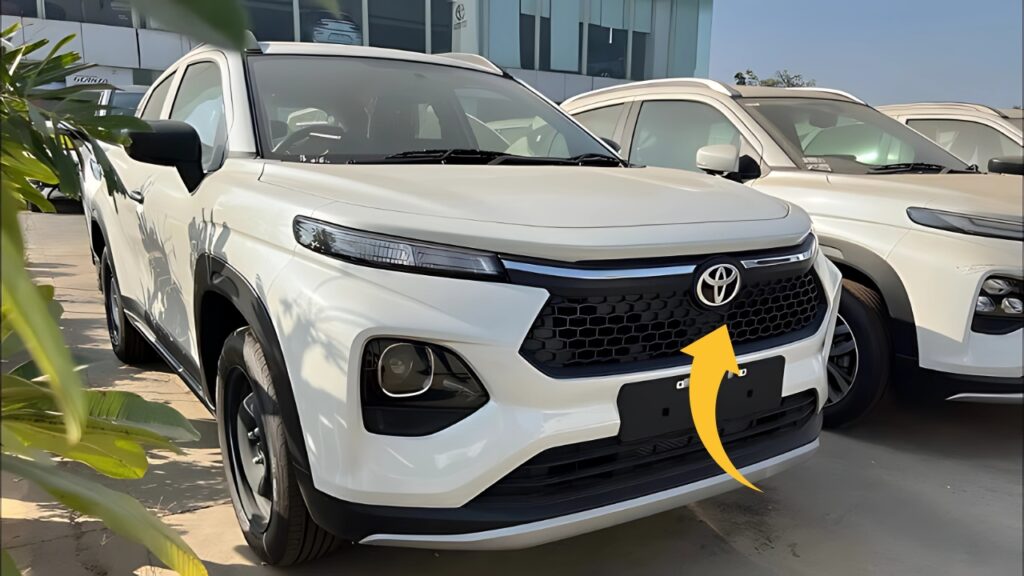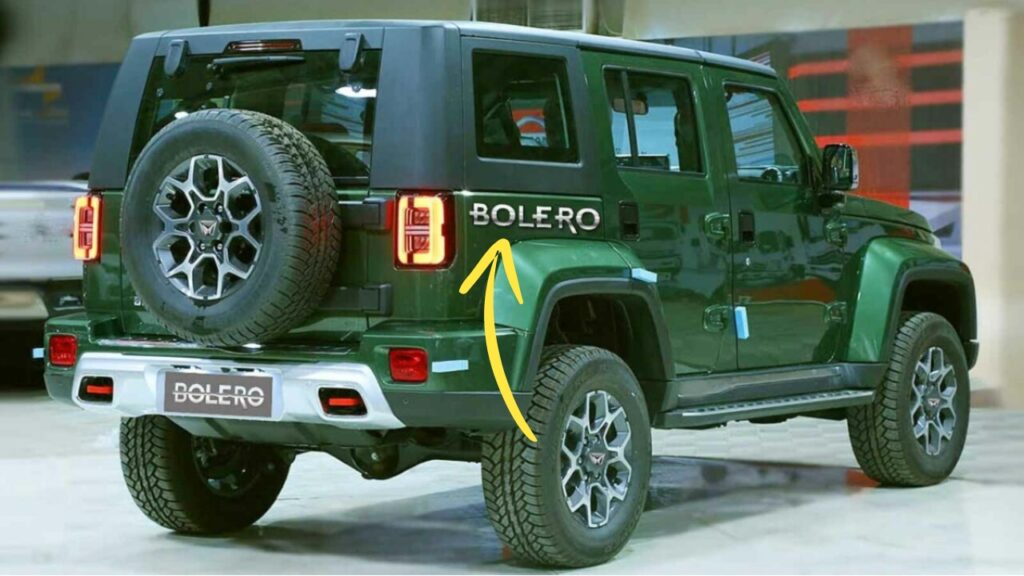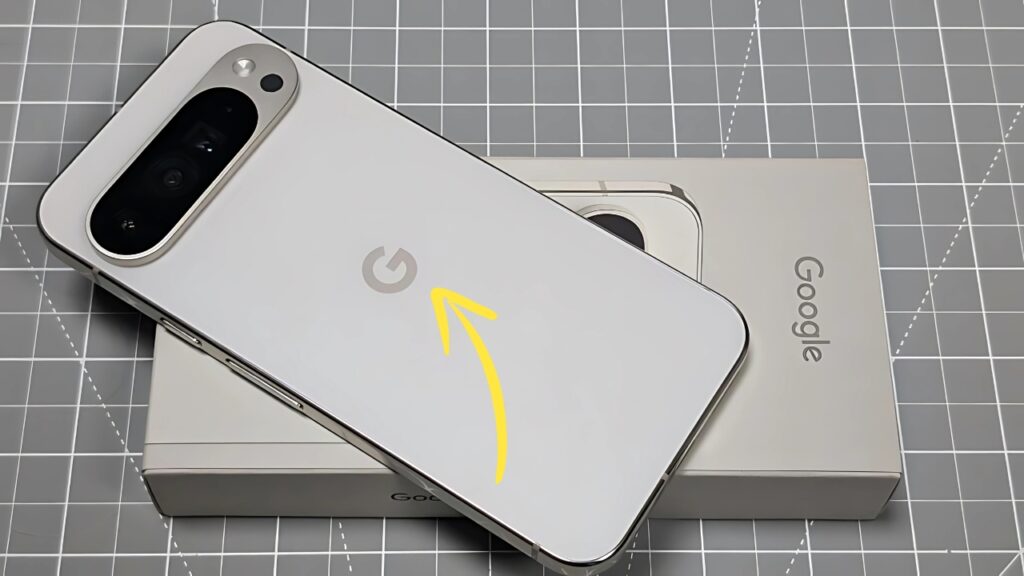Volkswagen Virtus: In an automotive landscape increasingly dominated by SUVs and crossovers, the midsize sedan segment has witnessed a gradual decline in both consumer interest and manufacturer commitment.
The Volkswagen Virtus enters this challenging environment with a clear mission: to demonstrate that the traditional three-box format still offers compelling advantages for discerning buyers seeking driving pleasure, sophisticated design, and practical functionality.
This comprehensive review explores how this newest addition to Volkswagen’s India 2.0 strategy manages to reinvigorate interest in a category many competitors have either abandoned or neglected.
Volkswagen Virtus: Design Philosophy: Restrained Elegance with Purpose
The Virtus immediately establishes its Volkswagen identity through clean, uncluttered design language that prioritizes balanced proportions over trendy styling elements.
At 4,561mm in length, the vehicle ranks among the largest in its segment, presenting substantial road presence without excessive visual bulk.
The front fascia features Volkswagen’s horizontal grille treatment with chrome strips that visually extend into the LED headlamps, creating a sense of width that grounds the vehicle.
The precisely defined surfaces create interplays of light and shadow that add visual interest without resorting to unnecessary creases or character lines—a design approach that typically ages gracefully rather than appearing dated after a few seasons.
In profile, the Virtus presents well-balanced proportions with proper sedan architecture, avoiding both the truncated appearance of sub-four-meter offerings and the sometimes awkward rear treatment of hatchback derivatives.
The strong character line runs from headlamp to taillight, while the gently sloping roofline suggests dynamism without compromising rear headroom—a thoughtful balance between style and practicality.
The rear completes the design story with horizontally oriented LED taillights that enhance the perception of width, a clean trunk lid with subtle integrated spoiler, and a neatly resolved bumper that avoids excessive visual bulk.
This horizontal emphasis throughout the design creates a planted, substantial appearance that conveys premium positioning without resorting to exaggerated styling elements.
Available in six exterior colors including the striking Wild Cherry Red and elegant Carbon Steel Grey, the Virtus offers personalization without abandoning the restrained sophistication that defines the Volkswagen aesthetic.
The GT Line variant adds subtle sporty touches through unique bumpers, black exterior elements, and GT badging that enhances visual appeal without appearing excessively juvenile.
Cabin Experience: Premium Execution with Practical Thought
Step inside the Virtus, and Volkswagen’s attention to ergonomic clarity becomes immediately apparent through a driver-oriented dashboard design that prioritizes functionality without sacrificing aesthetic appeal.
The layered dashboard creates visual interest while maintaining intuitive operation, with physical climate controls positioned for operation without diverting attention from the road.
Material quality impresses throughout, with soft-touch surfaces on the upper dash and door panels, convincing leatherette upholstery on higher trims, and robust, well-finished hard plastics in less prominent locations—a pragmatic approach that delivers perceived quality where it matters most while maintaining durability in high-wear areas.
The available two-tone color scheme with contrast stitching elevates the visual appeal, while ambient lighting with customizable colors adds warmth during nighttime driving.
| Interior Features | Virtus Highline+ | Competitor A | Competitor B |
|---|---|---|---|
| Infotainment Display | 10 inches | 8 inches | 7 inches |
| Digital Instrument | 8-inch Virtual Cockpit | 7 inches | Analog with MID |
| Climate Control | Auto with touch panel | Manual | Single-zone auto |
| Ventilated Seats | Front row | No | No |
| Audio System | 8-speaker | 6-speaker | 4-speaker |
| Wireless Charging | Yes | Yes | No |
| Sunroof | Single-pane | No | No |
The front seats provide excellent support with sufficient bolstering for spirited driving while maintaining comfort during longer journeys.
The addition of ventilation—a feature particularly valuable in Indian climate conditions—demonstrates understanding of market-specific requirements.
Rear accommodations offer genuinely impressive legroom that approaches mid-size sedan territory, with the nearly flat floor enhancing comfort for the middle passenger—a thoughtful detail that acknowledges real-world usage patterns.
Storage solutions prove adequate throughout the cabin, from the reasonably sized center console to the practical door pockets that accommodate 1-liter bottles.
The 521-liter boot capacity sets a new benchmark in the segment, offering practical utility for everything from airport runs to weekend getaways, with 60:40 split-folding rear seats enhancing versatility for longer items.
Particularly noteworthy is Volkswagen’s restraint in dashboard design, avoiding the trend toward eliminating physical controls in favor of touchscreen-only interfaces.
The climate functions maintain tactile buttons and knobs for frequent adjustments, while the steering wheel controls provide intuitive operation of various vehicle systems without requiring drivers to remove their hands from the wheel—a small but meaningful safety enhancement during active driving.
Technology Integration: Modern Convenience with Traditional Usability
The Virtus features Volkswagen’s latest-generation infotainment system centered around a 10-inch touchscreen positioned high on the dashboard for optimal visibility.
The interface offers improved responsiveness compared to previous systems, with a menu structure that balances graphic appeal with functional clarity.
Wireless Apple CarPlay and Android Auto come standard on higher trims, complemented by a wireless charging pad positioned for convenient access.
The native navigation system performs adequately with clear graphics, though most users will likely default to smartphone mirroring for location services.
Voice control functionality handles basic commands for phone, navigation, and media functions, though it lacks the conversational capability of more advanced systems.
The 8-inch Digital Cockpit instrument display offers multiple visualization options from traditional dial representations to more information-dense configurations, allowing drivers to prioritize the data most relevant to their preferences.
The system provides clear legibility in various lighting conditions, with smooth transitions between display modes that enhance the premium feel.
Driver assistance systems include up to six airbags, electronic stability control, hill-hold assist, and multi-collision braking as standard equipment, with higher trims adding tire pressure monitoring, rear parking camera, and cruise control.
While not offering the full ADAS suite found in some competitors, the Virtus provides essential safety features executed with characteristic German thoroughness.
The 8-speaker audio system delivers satisfying sound quality with reasonable clarity and adequate power for most listening preferences.
While not approaching the sophistication of branded audio systems in higher segments, the implementation provides enjoyable reproduction across various music genres without obvious deficiencies in any frequency range.
Powertrain Options: Choice Between Efficiency and Enthusiasm
The Virtus offers two distinct powertrain choices that address different customer priorities:
1.0-liter TSI turbocharged three-cylinder: 115PS and 178Nm
1.5-liter TSI Evo turbocharged four-cylinder: 150PS and 250Nm
Both engines feature direct injection and variable valve timing, with the 1.5 TSI adding active cylinder management that can deactivate two cylinders under light load conditions to enhance efficiency without compromising performance when needed.
Transmission options include a 6-speed manual on both engines, with a 6-speed torque converter automatic available on the 1.0 TSI and a 7-speed DSG dual-clutch automatic offered with the 1.5 TSI.
The 1.0 TSI serves as the volume seller, delivering a satisfying balance of performance and efficiency that suits typical usage patterns.
The engine demonstrates impressive refinement for a three-cylinder unit, with minimal vibration at idle and a pleasantly sporty note under acceleration.
The broad torque plateau ensures responsive acceleration from low RPMs—a particularly valuable trait in urban environments with frequent stop-start conditions.
The 1.5 TSI transforms the Virtus’s character, delivering genuinely spirited performance that challenges preconceptions about mainstream sedans.
The 0-100 km/h sprint takes just 9.1 seconds with the DSG transmission, while the active cylinder management helps maintain reasonable efficiency despite the performance potential.
This powertrain particularly shines on highways, where its substantial torque reserve enables confident overtaking maneuvers with minimal downshifting.
Drive modes (Eco, Normal, Sport, and Individual) on automatic variants meaningfully alter throttle response, steering weight, and transmission shift patterns rather than functioning as mere marketing features.
The differences between modes prove substantial enough to warrant regular use based on driving conditions, with Sport offering genuinely enhanced responsiveness for entertaining back-road driving while Eco noticeably improves fuel efficiency during highway cruising.
Ride and Handling: German Dynamics Tailored for Indian Roads
The Virtus demonstrates Volkswagen’s chassis tuning expertise through a carefully calibrated suspension that balances ride comfort with engaging handling.
The MQB-A0-IN platform provides an inherently rigid foundation, while the front MacPherson strut and rear torsion beam arrangement delivers a driving experience that elevates the sedan beyond typical segment offerings.
Ride quality impresses with sophisticated damping that absorbs road imperfections without floating or wallowing—a characteristic that enhances both comfort and confidence.
Initial compliance soaks up sharp impacts like expansion joints and potholes, while progressive damping prevents excessive body movement during more substantial undulations.
This balanced approach proves particularly valuable on variable quality roads, where less accomplished suspensions either crash over imperfections or wallow through corners.
Steering response shows pleasing linearity with appropriate weighting that builds naturally with speed.
While not offering the ultra-quick responses of dedicated sports sedans, the system strikes an effective balance between ease of use in urban environments and precision during more enthusiastic driving.
The predictable response encourages smooth inputs that maintain chassis composure, creating a harmonious relationship between driver and vehicle.
Body control during directional changes remains composed even when pushed beyond casual driving, with progressive roll that communicates chassis loadings without excessive lean.
The electronic stability control intervenes smoothly when needed, maintaining trajectory without abrupt corrections that might unsettle the vehicle.
NVH management deserves particular praise, with comprehensive refinement that creates a notably quieter cabin environment than most competitors.
Wind noise remains well-controlled even at highway speeds, while road and tire noise intrusion has been significantly reduced through strategic sound insulation—creating a sense of refinement typically associated with larger, more expensive vehicles.
Practical Ownership Considerations
The Virtus demonstrates Volkswagen’s evolving understanding of Indian market requirements through ownership provisions that address historical concerns about maintenance costs and service accessibility.
The TSI engines require scheduled maintenance at 15,000 km intervals—less frequent than many competitors’ 10,000 km requirements—reducing both cost and inconvenience for high-mileage users.
The standard 4-year/100,000 km warranty provides reasonable protection against unexpected expenses, while the optional service packages allow predictable maintenance budgeting through prepaid schedules.
The expanding service network addresses previous limitations in geographical coverage, while the standardized service procedures enhance consistency across different dealerships.
Fuel efficiency impresses across both powertrains, with the 1.0 TSI achieving approximately 18-20 km/l in mixed driving while the 1.5 TSI delivers 16-18 km/l despite its additional performance capability.
These figures translate to competitive running costs that complement the reasonable purchase price, creating compelling total ownership economics.
Key Takeaways:
Sophisticated Design: Clean, elegant styling that stands out through proportion rather than extravagance
Segment-Leading Space: Class-above rear legroom with benchmark boot capacity
Engaging Dynamics: German chassis tuning with responsive powertrain options
Thoughtful Technology: Modern features implemented with traditional usability
Premium Refinement: Exceptional NVH management with quality material execution
- Ownership Value: Competitive running costs with longer service intervals and comprehensive warranty
Volkswagen Virtus: A Compelling Case for the Modern Sedan
The Volkswagen Virtus represents a convincing argument for the continued relevance of the sedan format in a market increasingly dominated by SUVs.
By focusing on the inherent advantages of the three-box configuration—superior dynamics, enhanced efficiency, and balanced proportions—while addressing traditional sedan limitations through thoughtful packaging and practical features, Volkswagen has created a vehicle that appeals to both heart and head.
While it may lack the fashionable high seating position and rugged styling of contemporary crossovers, the Virtus delivers tangible benefits in driving pleasure, refinement, and efficiency that derive directly from its sedan architecture.
This focused approach demonstrates Volkswagen’s understanding that meaningful differentiation comes not from following trends but from executing fundamentals with excellence.
For consumers willing to look beyond the current SUV orthodoxy, the Virtus offers a compelling combination of German engineering, practical versatility, and driving enjoyment that rewards the journey beyond mere transportation.
It stands as evidence that the sedan format still has much to offer when executed with clear vision and thoughtful engineering—a philosophy that has defined Volkswagen’s approach throughout its history.
